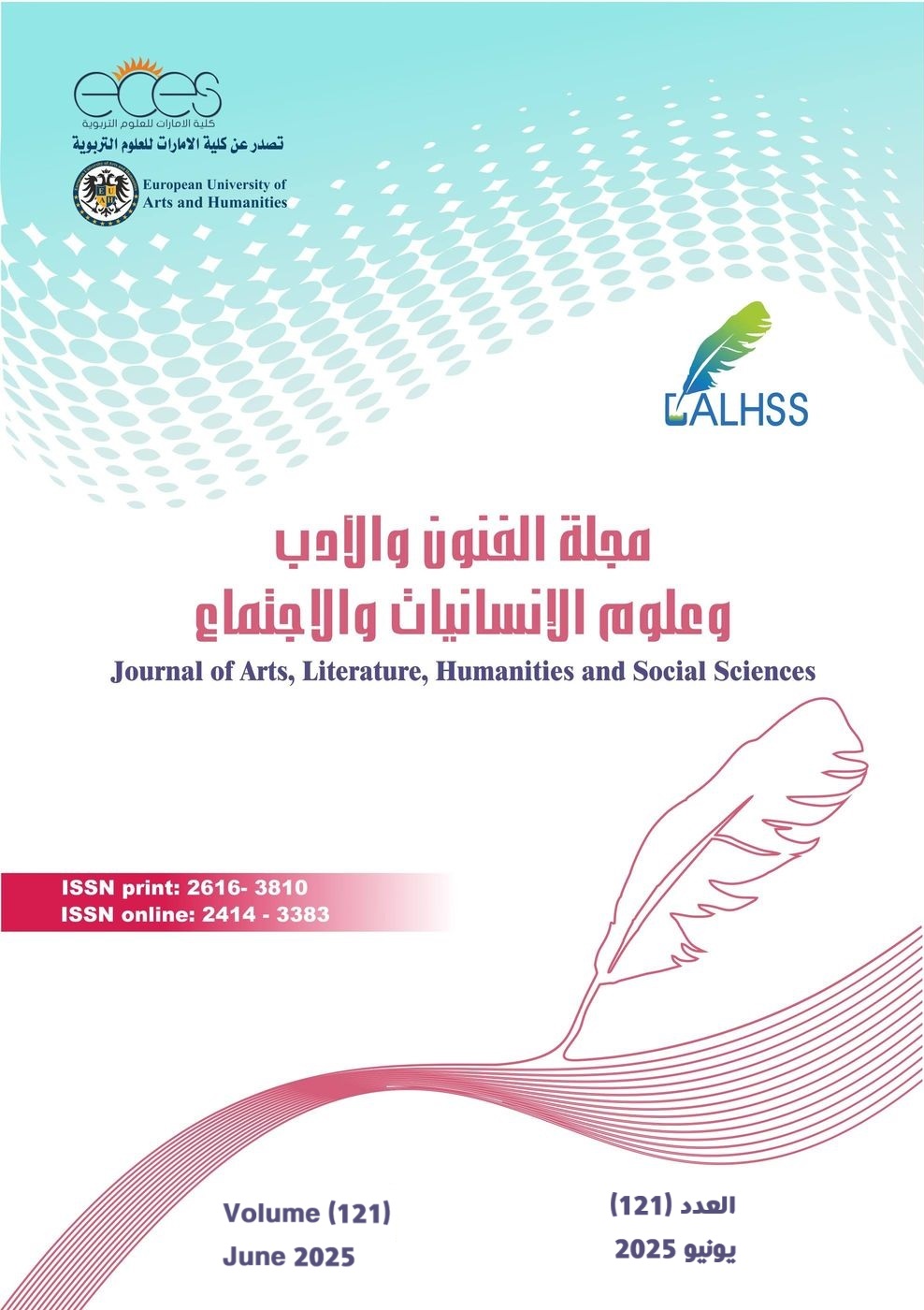Intermediate Modern Standard Arabic and Its Position Between Classical and Colloquial Arabic in Teaching Arabic to Non-Native Speakers
(A Linguistic and Educational Interdisciplinary Study)
Abstract
This study addresses the position of Intermediate Modern Standard Arabic between Classical Arabic and Colloquial Arabic, considering it a linguistic and educational phenomenon that serves as a bridge between authenticity and functionality in teaching Arabic to non-native speakers. It adopts an interdisciplinary perspective that combines linguistic, educational, and social analysis to understand its nature, legitimacy, and use in modern educational contexts. The study demonstrates that Classical Arabic, despite its religious and literary prestige, may pose difficulties for foreign learners, whereas Colloquial Arabic lacks uniformity and standardization, highlighting Intermediate Arabic as a balanced option that combines clarity with sophistication. The researcher employed a descriptive-analytical and critical approach to examine the characteristics of this linguistic level, such as its grammatical flexibility, everyday vocabulary, and communicative function. Previous Arabic and foreign studies that emphasized the role of Intermediate Arabic in reducing linguistic estrangement and enhancing classroom interaction were also reviewed. The study concluded that this variety forms a linguistic and educational bridge that facilitates learners’ transition from colloquial to standard Arabic, balancing authenticity with modernity, making it an effective choice for teaching Arabic to non-native speakers.
References
2. الدّمياطيّ، أحمد. (2016). الفصحى المتوسّطة: دراسة تطبيقيّة. القاهرة، مصر: دار الفكر العربيّ.
3. السّويفيّ، أحمد. (2021). الفصحى المتوسّطة: النّشأة والدّور الوظيفيّ في العصر الحديث. المجلّة العربيّة للّغة، 15(4)، 55–80.
4. الطّريريّ، سعود. (2014). استخدام مستويات اللّغة في مناهج تعليم العربيّة للنّاطقين بغيرها. مجلّة تعليم اللّغات الأجنبيّة، 12(1)، 77–104.
5. عبد القادر، محمّد. (2017). الفصحى المتوسّطة بين النّظريّة والتّطبيق في الصّفوف الأولى. مجلّة البحوث التّربويّة، 24 (2)، 213–240.
6. سالم، نزار. (2019). نحو ضبط مصطلح الفصحى المتوسّطة: دراسة لسانيّة وظيفيّة. مجلّة العلوم اللّغويّة، 10(3)، 165–190.
7. Al-Batal, M. (2010). Arabic and national standards: A status report. Foreign Language Annals، 43(3)، 395–408.
8. Bassiouney, R. (2020). Arabic sociolinguistics (2nd ed.). Edinburgh University Press.
9. Parkinson, D. (2005). Constructing the social context of communication in the classroom: Arabic as a foreign language. Georgetown University Press.
10. Ryding, K. (2015). Teaching and learning Arabic as a foreign language: A guide for teachers. Palgrave Macmillan.
11. Younes, M. (2013). Integrating the colloquial with Fusha in the Arabic classroom: An integrated approach. Journal of Arabic Linguistics، 48(1)، 21–44.
12. Fishman, W. (1971). Language in Contact: Social and Cultural Factors. The Hague: Mouton.
Copyright (c) 2025 طلال عبد الله طافش المراشدة

This work is licensed under a Creative Commons Attribution-ShareAlike 4.0 International License.



